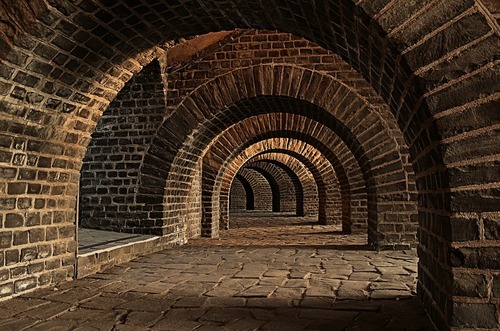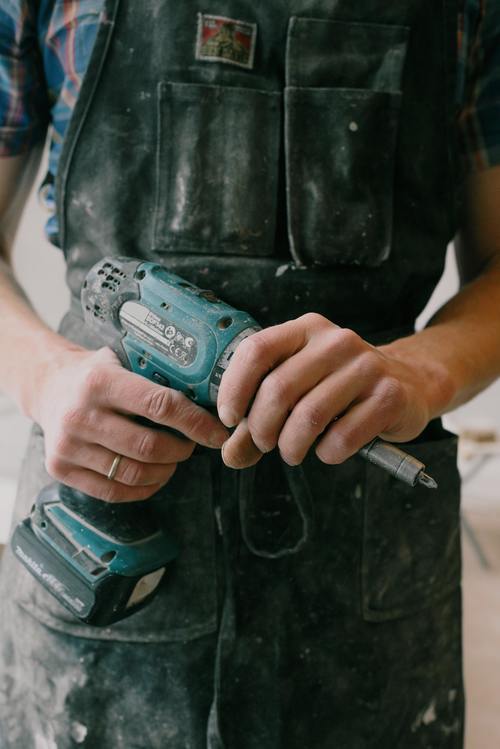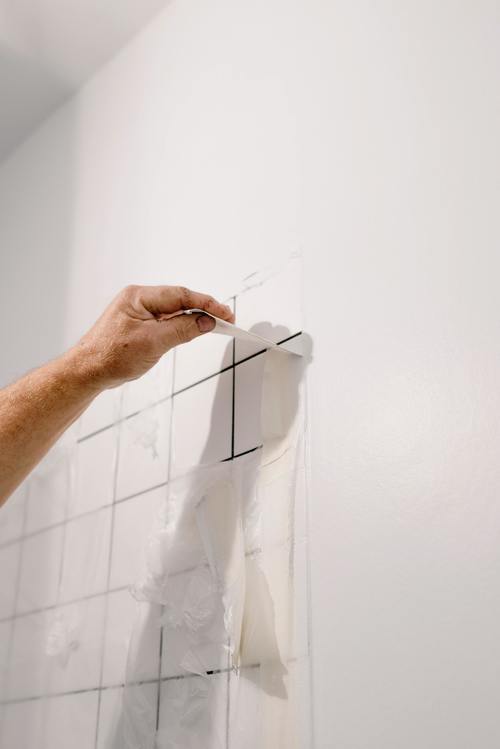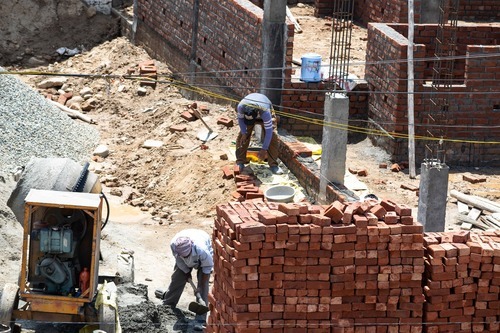History of Construction and Renovation
Building construction is a trait that we inherited from our ancient human ancestors. As early humans were faced with different environmental and climatic factors, they were forced to design shelters. The materials that were used in the infancy of building include branches, leaves and animal hides. Early human shelters were built for their functionality. In most cases, they were simple and only lasted a couple of days or months. The design of early constructions improved over time, especially after the introduction of agriculture that necessitated a passive mode of living. The use of agriculture followed the building of more sophisticated symbolic and functional structures. This marks the genesis of the distinction between building and architecture.
Since it was first invented, the building industry has come a long way, and several trends mark its path through history. First, building materials advanced from perishable to more durable options. These long-lasting natural materials included stone, timber and clay, later supplemented by artificial building materials such as concrete, plastic, metal and brick. As the knowledge of building and the durability of materials slowly increased, humans could now erect more extensive, taller constructions. A lot of experimentation was done before society settled on preferred methods and materials for construction.
The final step was taking control of the internal environment. This required more effective management of light, sound, draughts, humidity, and smells, among other factors that influenced the comfort within buildings. Finally, the shift towards more powerful machinery that replaced human muscle brought the industry to its modern complex form. The contemporary building scene brings together many systems and materials that cater to various markets. Modern construction involves highly organised methods that rely on extensive research on building materials and how they perform under different conditions. This is complemented by the enforcement of safety standards custom-designed to meet the users’ needs.
The division of labour has enabled different stakeholders in the construction industry to achieve more incredible feats. The manufacturers of building materials and other systems get their products to the craftsmen who assemble them at the construction site. Some buildings are large enough to require hundreds of craftsmen, coordinated and employed by contractors. Other aspects of construction such as insurance cover, quality control and building management are placed into the hands of specialised consultants.
Undoubtedly, these steady advances in construction essentially enabled today’s industrial culture. Skyscrapers are the norm in most countries, and they stand as a testament to mans’ mastery of natural forces. However, the needs of society are constantly changing, and construction has kept a steady pace to satisfy these demands by providing a wide variety of building designs. This article will explore the history of construction and how it has evolved to attain its present glory, and the industry’s prospects.








